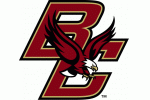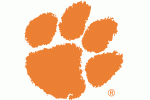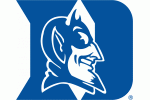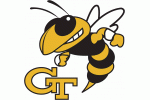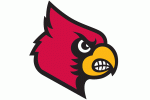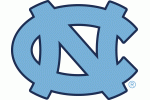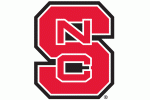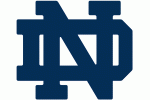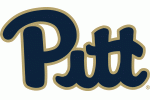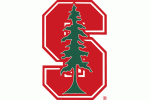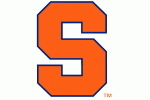We all have our thoughts about what the Syracuse Orange football team is going to do this year. But what do the advanced metrics have to say? What potential trends might digging into some of the numbers reveal about SU, as well as the rest of the ACC's teams?
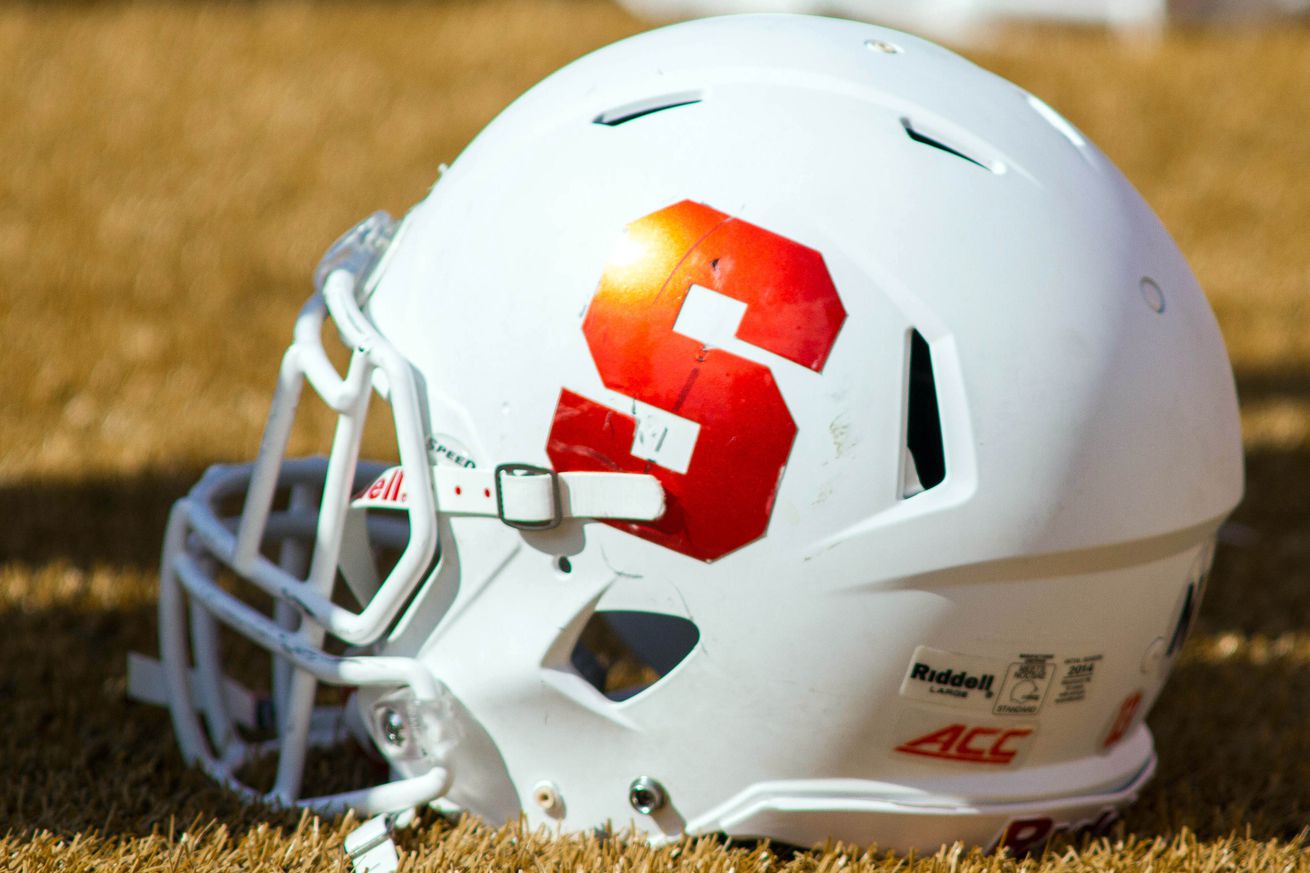
Last week, ESPN's Bill Barnwell got me thinking when he similarly evaluated NFL teams based on a series of key indicators, and used those results to project how teams may improve or decline in 2016. The college game's a little bit different (less games, more variance, larger team-to-team talent gap). But hopefully the adjusted versions of his work below stand up. We'll go through each indicator and identify some trends where possible.
Pythagorean Expectation
As Bill explains (and perhaps you're also familiar with), you can get a better gauge on a team's quality by utilizing its point differential to calculate a Pythagorean Win Expectation. Some additional background from Barnwell:
"We can produce an "expected" win total for each NFL team, given its point differential, by running the Pythagorean Expectation formula -- Points For2.37 / (Points For2.37 + Points Against2.37) -- and multiplying it by 16, for the number of games in a season... the results have shown that winning more games than your Pythagorean Expectation tends to mean a team will decline the following season, while falling short of expectations tends to mean a team will improve."
Adjusting this for college football requires a couple additional nuances. Chatting with SB Nation's Bill Connelly, one of those options is to alter the exponent value (2.37). What I went with instead was eliminating FCS games from the calculations, in order to remove inflated differentials. That doesn't remove all blowouts, mind you. But it does create a less-inflated metric. The other was to multiply the final result out by however many games a team played (so anywhere from 12 to 15). The results:
| ATLANTIC | Actual W | Actual L | AdjPyth W | AdjPyth L | AdjDiff |
| Clemson | 14 | 1 | 11.59 | 3.41 | 2.41 |
| Florida State | 10 | 3 | 10.07 | 2.93 | -0.07 |
| Louisville | 8 | 5 | 6.93 | 6.07 | 1.07 |
| NC State | 7 | 6 | 7.77 | 5.23 | -0.77 |
| Syracuse | 4 | 8 | 4.05 | 7.95 | -0.05 |
| Wake Forest | 3 | 9 | 2.55 | 9.45 | 0.45 |
| Boston College | 3 | 9 | 2.66 | 9.34 | 0.34 |
| COASTAL | Actual W | Actual L | AdjPyth W | AdjPyth L | AdjDiff |
| North Carolina | 11 | 3 | 10.18 | 3.82 | 0.82 |
| Pittsburgh | 8 | 5 | 7.02 | 5.98 | 0.98 |
| Miami | 8 | 5 | 5.38 | 7.62 | 2.62 |
| Duke | 8 | 5 | 7.06 | 5.94 | 0.94 |
| Virginia Tech | 7 | 6 | 6.98 | 5.02 | 0.02 |
| Virginia | 4 | 8 | 4.18 | 7.82 | -0.18 |
| Georgia Tech | 3 | 9 | 5.49 | 6.51 | -2.49 |
Doing it this way lowered results for every team -- some more than others. For the team you care about most here, Syracuse, that meant going from a -1.09 differential (candidate for a jump) to a pedestrian -0.05. Thanks, Rhode Island blowout...
Some candidates for drops include Clemson (tough to repeat a 14-1 season), Miami (more on them later), and Louisville. Among those that could improve in 2016 are maybe NC State and a Georgia Tech line that screaming at the bottom of the table. Relevant to this: Tech was really banged up last year and now returns plenty.
Record in Close Games
This one seems pretty self-explanatory. Luck plays a part in football (especially in college), and it would stand to reason that a team that's very lucky or unlucky one year swings back toward the mean the following year. Without diving in too far, the ACC teams with the best and worst records in games decided by seven points or less:
| BEST | WORST | ||
| Clemson | 3-1 | Boston College | 1-6 |
| Miami | 4-2 | Georgia Tech | 1-6 |
| Duke | 4-2 | Wake Forest | 2-4 |
| Louisville | 5-3 |
For the record, Syracuse was 2-2 in such games (beat BC and Central Michigan, lost to Pitt and Virginia).
Elsewhere in the conference, you see Boston College was a victim of severely bad luck in 2015, while Georgia Tech (hello again) was as well. Both would be hard-pressed to continue similarly bad luck in 2016. Miami -- I mentioned you'd be seeing them again -- had some good fortunate (including a VERY questionable win over Duke). This makes them a candidate to regress this fall.
Turnover Margin
The most obvious of all of these. Turnovers create extra possessions, which can create points (while taking away potential points from your opponent). Teams with large advantages in turnover margin stand to regress a bit, while teams that were very bad in that category should be on (at least) a slightly more positive upswing.
In this case, we adjust for the college game a bit by removing FCS games, and counting the turnover margin per game to account for a variance in contests played by each team. The best and worst performers:
| BEST | WORST | ||
| Miami | 0.83 | Wake Forest | -1.18 |
| NC State | 0.83 | Georgia Tech | -0.82 |
| North Carolina | 0.33 | Virginia | -0.64 |
HELLO AGAIN, MIAMI AND GEORGIA TECH! Once more, Miami found itself the beneficiary of good fortune, taking home one of the best turnover margins in the country. NC State performed similarly. Over in the negative column, Georgia Tech is again a victim of bad luck, while calling Wake Forest's luck bad would be an understatement. Both teams stand to improve there, which increases their odds of winning more games (especially for Tech, when coupled with the rest of the data).
Syracuse was at 0.18, for those curious. So while it was positive, it's not wildly outside the mean in one direction or the other.
Defensive TDs Allowed
Rather than how many points your defense gives up, this is a count of how many points opposing defenses scored on you (specifically by way of touchdowns). As Barnwell points out, these situations (interceptions, fumble recoveries) are filled with too much randomness to be attribute to skill or lack thereof. The numbers are also tough to replicate season over season.
| BEST | TD | WORST | TD |
| North Carolina | 0 | Louisville | 24 |
| Duke | 0 | Syracuse | 18 |
| 5 Teams | 6 | Wake Forest | 18 |
| Boston College | 18 |
That's not 24 touchdowns, to be clear, but four touchdowns which equals 24 points before extra points (a special teams function). Louisville's presence here is odd. It also lends well to the narrative that the Cardinals can improve this year. BC and Wake can use this as an additional piece of evidence to growing piles of information that say they'll get better in the win column. Syracuse gets to hang its hat on this with all other data being rather indicative of staying the course.
Losing With a Halftime Lead
In the pros, only a small collection of teams end up unbeaten while leading at halftime. In the ACC alone, five different teams were 5-0 or better when going into halftime with a lead. Clemson was 11-0 in such situations. The only ACC team with a losing record with a halftime lead was Wake Forest at 1-2. Still, you can look at the other two-loss squads as ones due for potential improvement by way of learning from previous mistakes (and many players on the roster getting a year older). Syracuse (3-2), Louisville (5-2) and Florida State (8-2) find themselves on that short list.
Strength of Schedule
There are tons of ways to determine strength of schedule -- and tons more that are better than the NCAA's simple wins and losses method. But for our purposes here, it's a consistent one I can easily find to compare this season and the end of last year's. If a team went 6-6 against a tough schedule, but now plays an easy one, they're a prime candidate to jump. Similarly if a team went 9-3 against the dregs of the sport, they should be on high alert this fall.
| HIGHER | 2015 | 2016 | DIFF | LOWER | 2015 | 2016 | DIFF |
| Duke | 123 | 52 | +71 | Clemson | 12 | 108 | -96 |
| NC State | 74 | 24 | +50 | Boston College | 42 | 102 | -60 |
| Florida State | 52 | 10 | +42 | Wake Forest | 55 | 91 | -36 |
| Syracuse | 55 | 19 | +36 | ||||
| North Carolina | 65 | 29 | +36 | ||||
| Virginia Tech | 99 | 64 | +35 |
Biggest caveat here is that the end-of-season numbers from last year include conference championships and bowl games, so that can inflate a drop for some teams (see Clemson). Wake and BC appearing on the lower end is no surprise, and while those teams may not be better than Syracuse, they're scheduled to appear like it.
Duke's more difficult schedule could pose that team a real challenge, and the same could be said for NC State, especially given the other metrics that showed they were already a beneficiary of luck. The Orange, as always, have their work cut out for them based on the above.
So Who's Up and Who's Down?
I've been hinting at the teams the whole time, but based on which ones appear the most above, it's clear that Georgia Tech is primed for the biggest leap in the conference, followed by Wake Forest and Boston College. All of those teams won three games apiece in 2015, so improvement won't be that hard to come by. H
On the negative side, Miami pops up quite a bit, which doesn't paint a great picture for Mark Richt's first season on the sidelines. Additionally, you see North Carolina a bunch as well -- which is to be expected after an 11-win campaign they would be challenged to replicate (even if they do win the Coastal again).
Syracuse, despite some optimism here and there, can't take much from the data here other than that they performed to expectations last year. It doesn't account for new offenses, talent or coaching staffs, however. And that's where you can find a brighter outlook. These metrics assume most things equal from year to year, which is where the wide variance can and does come in. It'll be very interesting to see which (if any) of these trends end up looking accurate around season's end..


